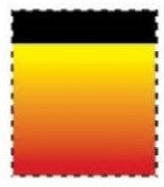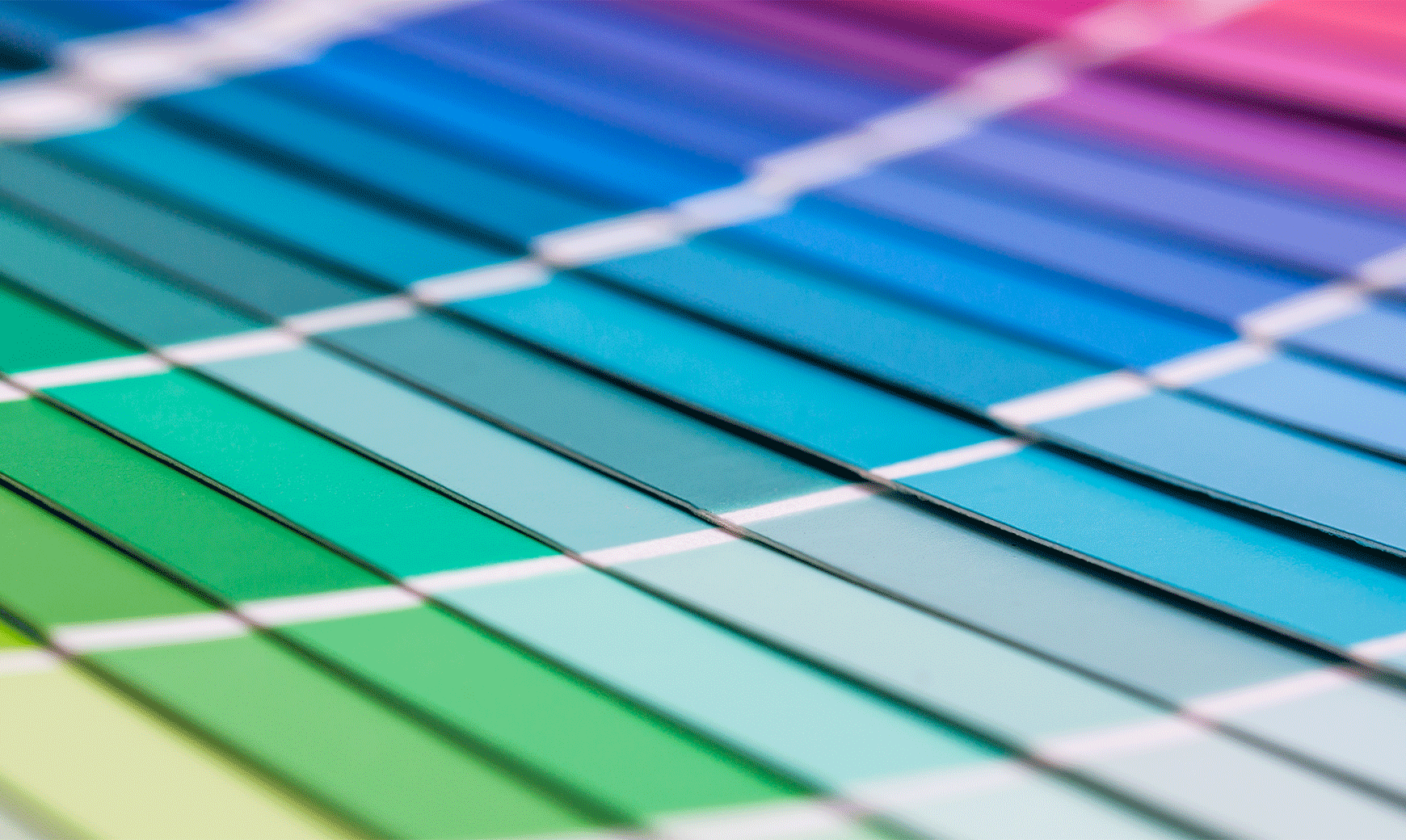Brands have long struggled to protect product and packaging designs from competitors and copycats seeking to trade on their looks. But even after committing significant resources to creating a design that will resonate with the public, companies may find it hard to convince the U.S. Patent and Trademark Office (USPTO) or a federal court that their packaging is worthy of trademark protection.
Protecting shapes and colors is particularly challenging because trademark law seeks to prevent monopolizing of common words, shapes, or colors. But the Court of Appeals for the Federal Circuit, which oversees the USPTO, may have opened a narrow window for consumer brands. The Federal Circuit has reversed the USPTO’s refusal to register the following multicolor mark, owned by Forney Industries and used on packaging for welding and machining products.

Before the Federal Circuit’s clarification of the law, the USPTO had operated under the presumption that (1) product packaging and color marks are not inherently distinctive and (2) one seeking protection must show that the packaging or color configuration had become distinctive in the minds of consumers through years of exclusive use, promotion, commercial success, or other indicators. The second prong of this test is often referred to as “secondary meaning” or “acquired distinctiveness.” Even well-known packaging designs like the iconic Coke bottle or the turquoise Tiffany box needed to meet those standards. In contrast, unique brand names are considered to be inherently distinctive and are accorded almost automatic protection (examples are Zoom® for videoconferencing or Charmin® for toilet paper).
By carefully reviewing Supreme Court precedents, the Federal Circuit found that the high court never explicitly “addressed whether a multi-color mark applied to product packaging can be inherently distinctive.” Therefore, there was no blanket prohibition on registration without proof of acquired distinctiveness. While colors standing alone (without the packaging) are not inherently distinctive, the combination of multiple distinct colors on packaging may be protectable. Similarly, colors on a product may be distinctive and thus entitled to trademark protection, such as the famous red sole of Christian Louboutin shoes.
Brands creating new packaging using colors should understand that this is a fairly narrow decision by only one appellate court, although it is somewhat consistent with another recent case from a different appellate court. A guiding principle for designers (and legal teams) is whether they can convince the USPTO or a court that the proposed mark is not just a “color mark” requiring proof of long-term use, sales, and advertising but is also a “symbol” designating the origin of the goods. Put another way, the overall impression created by the combination of colors and the pattern created by those colors still must be sufficiently unique to identify the source of the goods inside the package.
How will the USPTO and courts in other circuits interpret this case? Time after time, cases like this one embolden brands to file trademark registration applications. The USPTO is bound by this decision unless it files an appeal to the Supreme Court. This ruling also will influence pre-litigation strategies, such as choosing a jurisdiction and conducting consumer recognition surveys.
The case is In re Forney Industries, Inc., Fed. Cir. No. 19-1073 (April 8, 2020).
